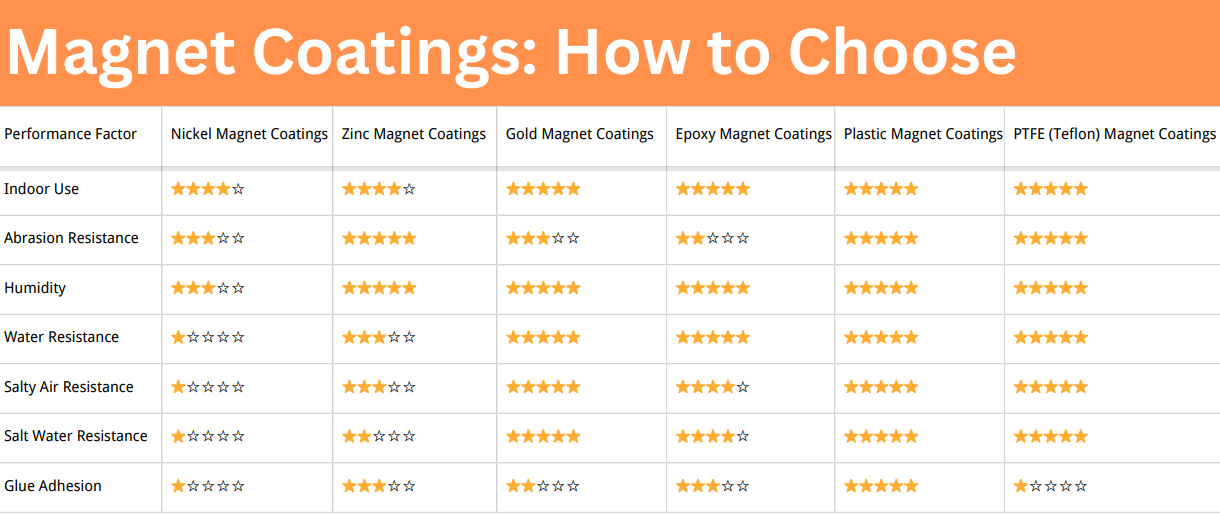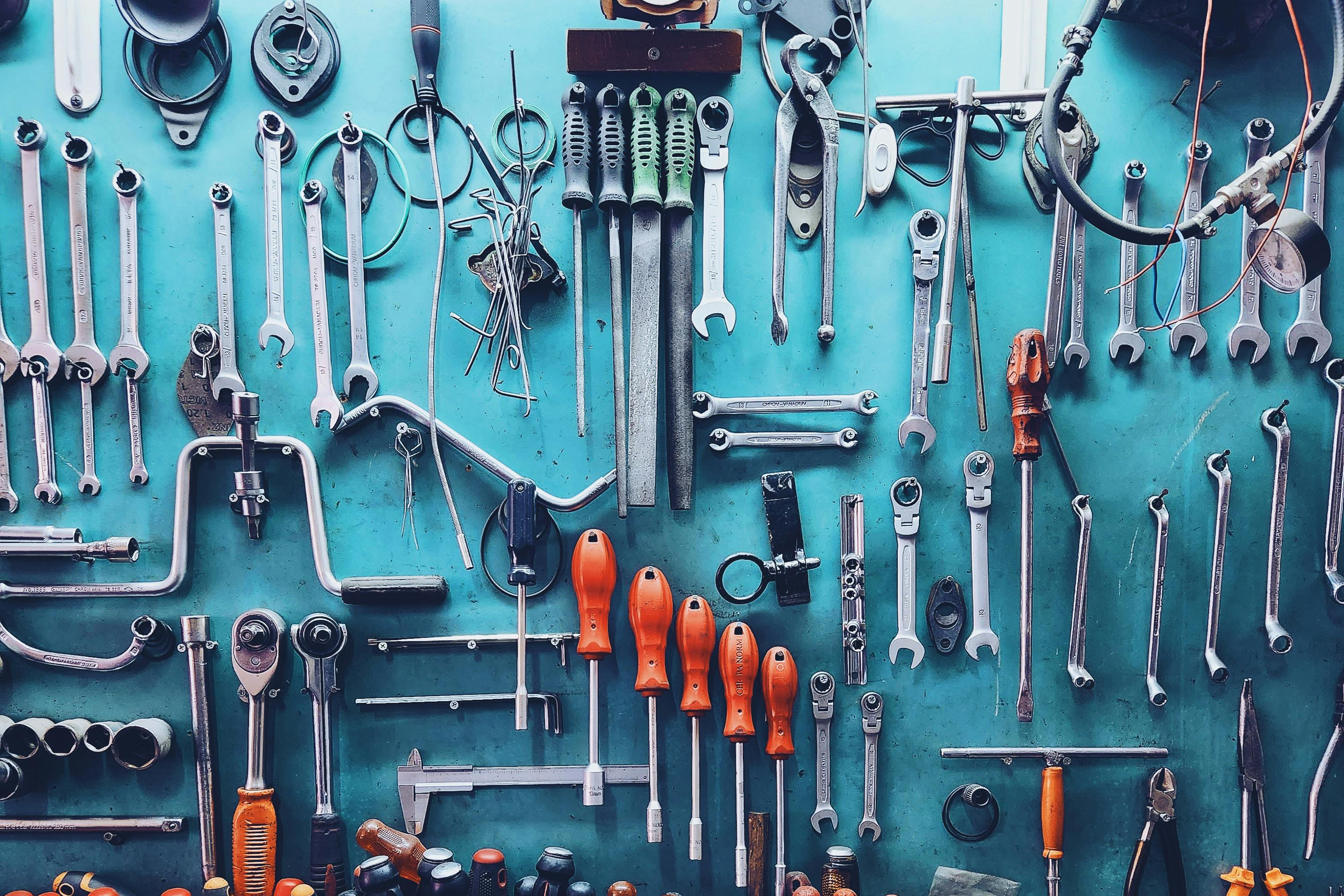SmCo Magnets vs Neodymium Magnets
SmCo magnets and neodymium magnets (NdFeB magnets) are both permanent magnets. They have the characteristics of wide hysteresis loops, high coercive force, and high remanence, which can maintain constant magnetism once magnetized. Thanks to their excellent properties, they have been widely used in various fields such as electronics, electricity, machinery, transportation, medical treatment, and daily necessities. But SmCo magnets vs neodymium magnets, which performs better as a magnet? The SmCo Magnet or the NdFeB magnet? What's the difference between them? In this article, let's take a look at the differences between the NdFeB magnets and the SmCo magnets.
 SmCo Magnets vs Neodymium Magnets
SmCo Magnets vs Neodymium Magnets
SmCo Magnets vs Neodymium Magnets - 1. The Components
Neodymium magnets usually contain 29-32.5% of rare earth neodymium, 63.95-68.65% of iron, 1.1-1.2% of boron, 0.6-1.2% of dysprosium, 0.3-0.5% of niobium, 0.3-0.5% of aluminum and 0.05-0.15% of copper while samarium cobalt magnets typically contain 23-28% of rare-earth metallic samarium, 48-52% of rare-earth metallic cobalt, 14-17% of metallic iron, 5-7% of metallic copper, and a small amount of metallic zirconium (about 2-3%).
SmCo Magnets vs Neodymium Magnets - 2. The Performance
Relatively speaking, samarium cobalt magnets' overall performance is weaker than that of neodymium iron boron magnets.
SmCo Magnets vs Neodymium Magnets - 3. The Price
If the neodymium magnets and SmCo magnets are the same in size, the price of neodymium magnets is usually lower than that of the SmCo magnets. From the ratio of elements that we've mentioned in them, we can see that the content of iron in the NdFeB magnets is high, while the content of rare earth elements is low.
As we know, iron is very cheap, so the price of neodymium magnets is lower than that of the SmCo magnets! But in the samarium cobalt magnets, the rare earth elements samarium and cobalt account for about 70 percent, so their price is relatively higher!
SmCo Magnets vs Neodymium Magnets - 4. Properties
Due to the high content of iron in NdFeB magnets, it is easy to oxidize and corrode. Therefore, neodymium magnets need to be electroplated to extend their service life. Their service life largely depends on the coating effect. However, samarium cobalt magnets contain only a fraction of the iron, and the rest are rare earth elements and metals that are not easily oxidized and corroded.
Thus, in general, samarium cobalt magnets do not need to be electroplated. But if the samarium cobalt magnets' service environment is harsh, electroplating treatment would be better!
Conclusion
Thank you for reading our article and we hope it can help you to have a better understanding of the difference between the NdFeB Magnets and SmCo Magnets. If you want to know more about NdFeB Magnets and SmCo Magnets, we would like to recommend you visit Stanford Magnets for more information.
As a leading magnet product supplier across the world, Stanford Magnets has been involved in R&D, manufacturing, and sales of permanent magnets since the 1990s. It provides customers with high-quality rare earth permanent magnetic products such as neodymium magnets, and other non-rare earth permanent magnets at a very competitive price.














